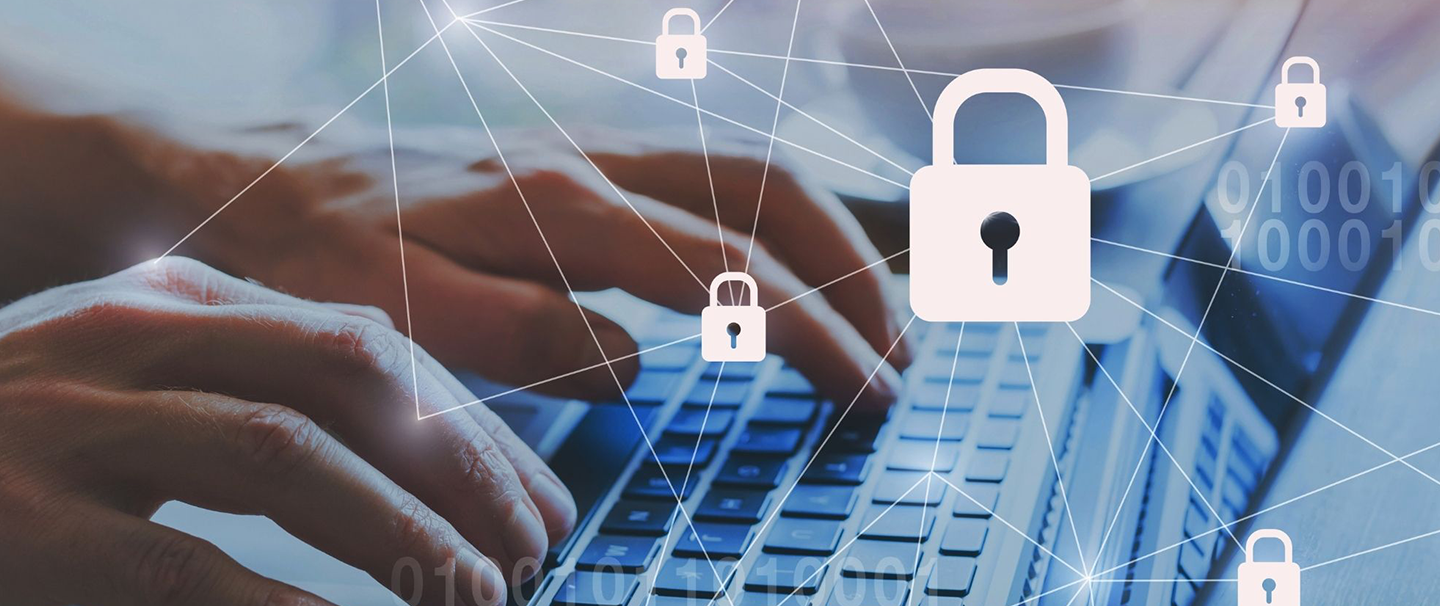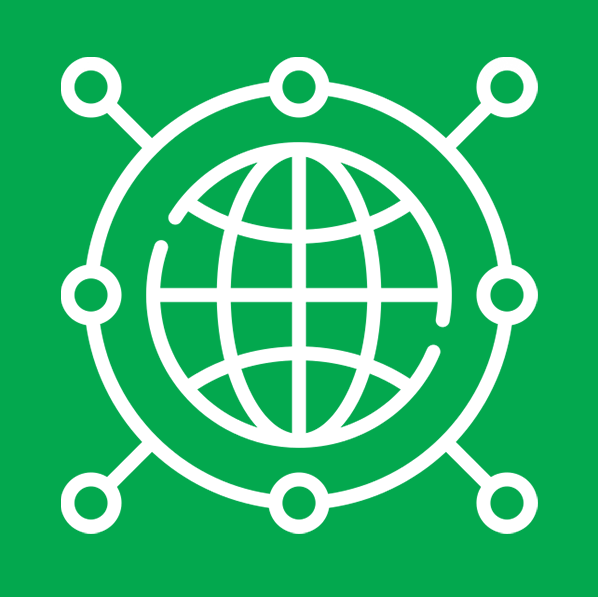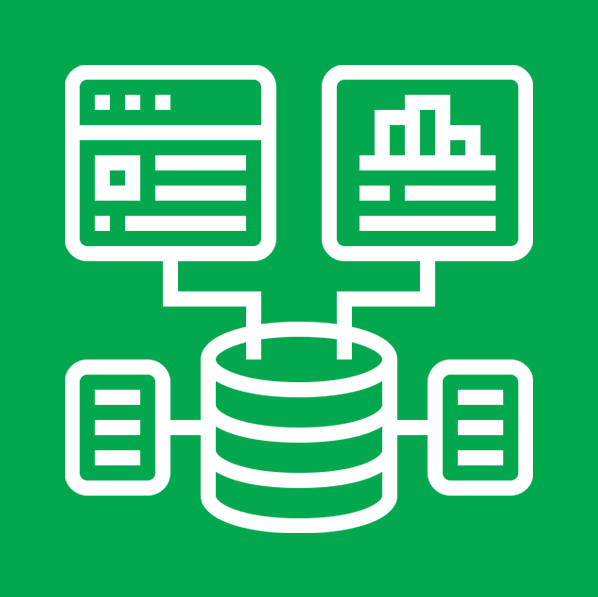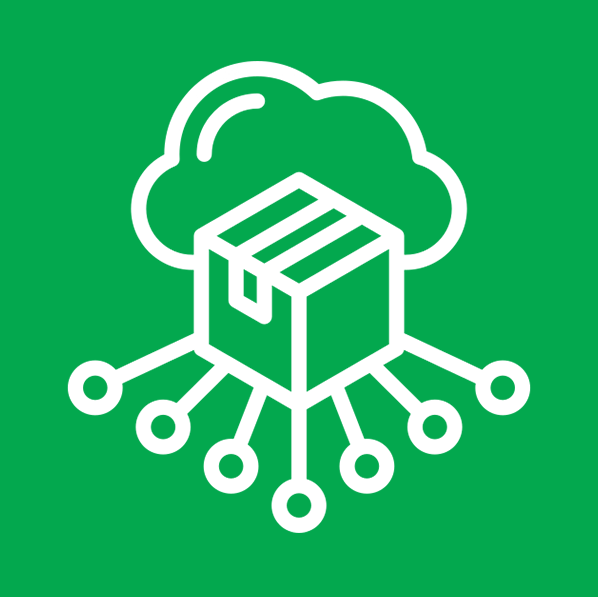Arwentech Cyber Security for better protection

10 Cybersecurity Threats Every Business Should Prepare For

Zarrar Ali Khan
Cybersecurity Specialist

Zarrar Ali Khan
Cybersecurity Specialist
Zarrar is a seasoned cybersecurity and network security professional with over a decade of experience in securing IT infrastructures and implementing robust security frameworks. His career began with a specialization in Network Security, where he developed deep expertise in managing and configuring complex network environments, including routers, switches, and firewalls. He holds certifications and extensive knowledge in networking products from leading vendors such as Juniper, Cisco, Fortinet, Huawei, and ZTE.
Transitioning into the field of Cybersecurity, Zarrar has successfully implemented and managed top-tier Privileged Access Management (PAM) solutions, including CyberArk, KronTech, Senhasegura, and BeyondTrust. His expertise extends to Identity and Access Management (IAM), Zero Trust Network Access (ZTNA), Secure Hardening, and Data Loss Prevention (DLP) solutions, enabling organizations to maintain strong security postures and protect critical assets.
In addition, Zarrar has significant experience in deploying Anti-DDoS solutions to safeguard organizations from distributed denial-of-service attacks, as well as Mobile Device Management (MDM) solutions to ensure the security and compliance of mobile devices and corporate data. As an ISO 27001 Lead Auditor Certified professional, he is dedicated to enhancing cybersecurity strategies, compliance, and risk management practices, helping organizations achieve security excellence and meet regulatory requirements.
Transitioning into the field of Cybersecurity, Zarrar has successfully implemented and managed top-tier Privileged Access Management (PAM) solutions, including CyberArk, KronTech, Senhasegura, and BeyondTrust. His expertise extends to Identity and Access Management (IAM), Zero Trust Network Access (ZTNA), Secure Hardening, and Data Loss Prevention (DLP) solutions, enabling organizations to maintain strong security postures and protect critical assets.
In addition, Zarrar has significant experience in deploying Anti-DDoS solutions to safeguard organizations from distributed denial-of-service attacks, as well as Mobile Device Management (MDM) solutions to ensure the security and compliance of mobile devices and corporate data. As an ISO 27001 Lead Auditor Certified professional, he is dedicated to enhancing cybersecurity strategies, compliance, and risk management practices, helping organizations achieve security excellence and meet regulatory requirements.
Introduction
The digital age has brought unprecedented opportunities for businesses—and equally unprecedented risks. As cybercriminals evolve their tactics, 2024 is poised to be a watershed year for cyber threats. According to IBM’s Cost of a Data Breach Report 2023, the average cost of a breach has surged to $4.45 million, a 15% increase over three years.
For businesses, complacency is no longer an option. From AI-driven attacks to sophisticated supply chain compromises, the threat landscape is more complex than ever. This blog outlines the 10 most critical cybersecurity threats your business must prepare for in 2024, alongside actionable strategies to fortify your defenses.
1. AI-Powered Cyberattacks
What It Is: Cybercriminals are leveraging generative AI to automate phishing campaigns, craft convincing deepfakes, and bypass traditional security tools.
Why 2024?: Tools like ChatGPT and WormGPT enable attackers to scale operations, personalize attacks, and exploit vulnerabilities faster than humans can respond.
Prevention Strategies:
- Deploy AI-driven threat detection systems to counter adversarial AI.
- Train employees to recognize AI-generated content (e.g., voice cloning in phishing calls).
Actionable Insight: Partner with vendors offering AI-enhanced security solutions like Darktrace or CrowdStrike Falcon.
2. Ransomware 3.0: Ransomware-as-a-Service (RaaS)
What It Is: RaaS platforms allow even unskilled hackers to launch ransomware attacks via subscription models, targeting SMEs and critical infrastructure.
Why 2024?: Attacks are becoming more targeted, with criminals exfiltrating data before encryption to pressure victims.
Prevention Strategies:
- Implement immutable backups and air-gapped storage.
- Segment networks to limit lateral movement.
Actionable Insight: Conduct a ransomware simulation exercise to test incident response plans.
3. Supply Chain Attacks
What It Is: Hackers infiltrate third-party vendors to compromise downstream targets. The 2023 MOVEit breach, which impacted 2,000+ organizations, is a prime example.
Why 2024?: Increased reliance on SaaS and outsourced IT amplifies risk.
Prevention Strategies:
- Enforce strict vendor security assessments (e.g., SOC 2 compliance).
- Adopt zero-trust architecture to minimize third-party access.
Actionable Insight: Use tools like BitSight to monitor third-party risk in real time.
4. Deepfake-Driven Social Engineering
What It Is: Hyper-realistic audio/video deepfakes impersonate executives to authorize fraudulent transactions or leak sensitive data.
Why 2024?: Deepfake technology is now accessible via apps, enabling low-cost, high-impact attacks.
Prevention Strategies:
- Establish multi-person approval processes for financial transactions.
- Deploy deepfake detection tools like Microsoft Video Authenticator.
Actionable Insight: Train finance teams to verify requests via secondary channels (e.g., a phone call).
Conclusion
The cyber risks of 2024 demand a proactive, multi-layered defense strategy. Businesses must move beyond reactive measures and adopt technologies like AI-driven threat detection, zero-trust frameworks, and robust employee training programs. For SMEs, partnering with managed security service providers (MSSPs) can bridge skill gaps and budget constraints.
Final Call to Action:
- Assess Your Risk: Conduct a penetration test or cybersecurity audit.
- Educate Your Team: Schedule quarterly security workshops.
- Stay Updated: Follow advisories from CISA, NIST, or regional CERTs.
In the words of Bruce Schneier, “Security is a process, not a product.” By understanding these cybersecurity threats and acting decisively, your business can turn 2024 into a year of resilience—not regret.






